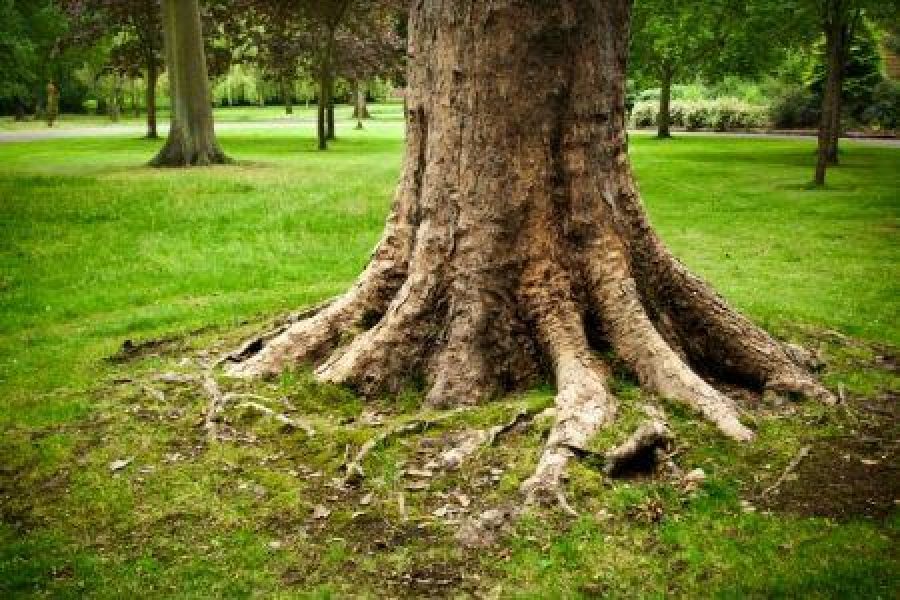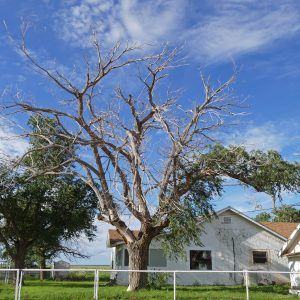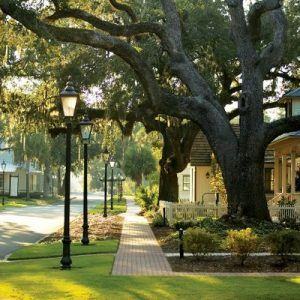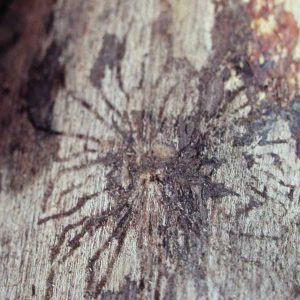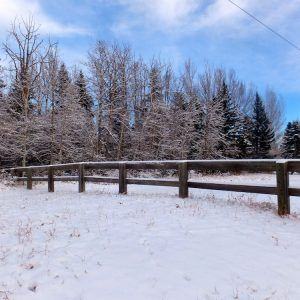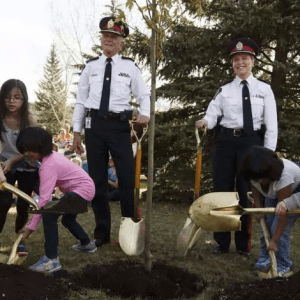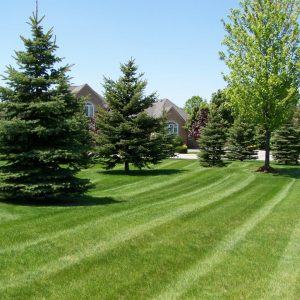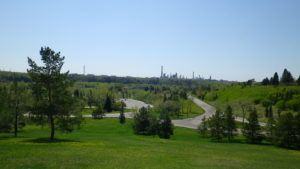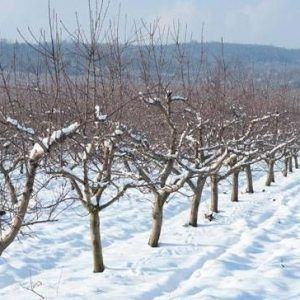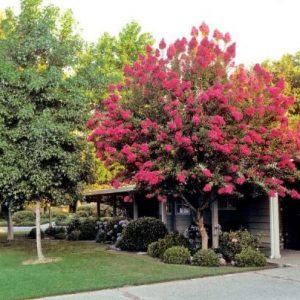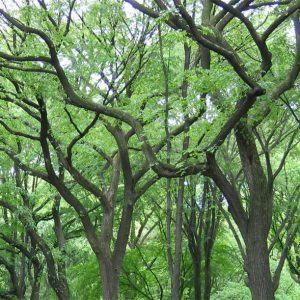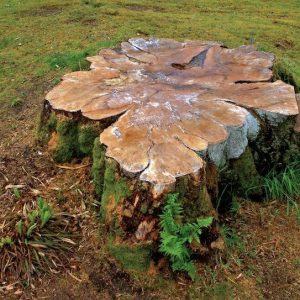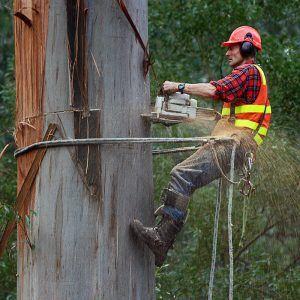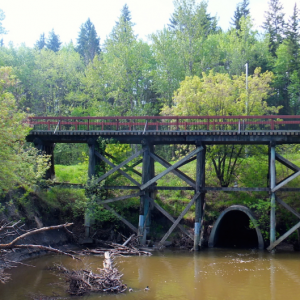In our upcoming three part series, Chipps’ Tree Care will examine the ways trees support, provide, and regulate the diverse environment of Edmonton’s urban ecosystem. Today, we’re taking a look down below the ground to where the industrious root system can be found. We think it only fair that it receives the spotlight first. All too often they’re overlooked for the beauty of the luscious green canopies overhead, despite comprising approximately one third of the tree’s biomass.
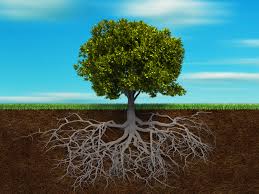
Hidden underneath the soil is an intricate system of roots that still poses a mystery for many arborists. Due to their location, it can be difficult to study them without directly affecting or outright harming their structure; however, scientists are making new discoveries each year as they embrace innovative technologies that allow them to inspect these deep networks. Among them, air excavation tools and ground-penetrating radar (GPR) are particularly helpful when studying larger roots. Unfortunately, they fail to reveal the secrets of finer root systems, which makes investigating their function challenging and (at times) unsatisfactory. Regardless of how slowly we add to our encyclopedia of knowledge regarding roots systems, the fact of the matter is we’re continuing to expand our understanding of them each year. We’ve known they’ve contributed to the overall health of both urban and rural soil, and emerging research is confirming what we’ve long held to believe.
Soil Quality
Unlike larger roots, which are large, long-lasting components of a tree’s structure, fine roots have a comparatively shorter lifespan. They die quickly, but they also regrow just as rapidly. Their fast turn-over rate affects the chemical makeup of the soil. As these roots die, the process of decay releases nitrogen, as well as organic matter, into the ground. Their decomposition acts as a natural fertilizer, and it provides much needed food for the healthy parts of the tree as well as surrounding plants. Nitrogen is an important element necessary to support soil conditions, and in the right amounts, it plays a critical role in many processes, including the production of chlorophyll.
Unfortunately, in urban environments like Edmonton, tree roots are under unique conditions that can inhibit its natural cycle of life and death. Turf grass can impede important nutrients from reaching the roots, which can accelerate root death to a rate that’s faster than its regrowth. Too much root death (and therefore too much nitrogen) is unhealthy for both the tree and the surrounding soil, which is why it’s important to invest in deep-root fertilizing to ensure the health of your tree. A simple phone call to Chipps Tree Care will reintroduce critical nutrients into the soil in order to stimulate growth.
Protection from Erosion
Erosion is a naturally occurring process, whereby wind, rain, and runoff lift away soil. The introduction of roots in the soil, however, helps to prevent erosion in two ways. Those roots that are near to the surface of the ground will protect the soil from the impact of rain. Meanwhile, its structure as a whole creates a binding framework for the soil. It’s so good at its job, in fact, that even the roots of dead trees will continue to hold the soil in place and prevent erosion for a few years after the tree’s death.
Storm Water Benefits
As a tree’s root system expands under the ground, it creates a series of channels in the soil. This network of pathways is called macropores, and they’re integral to the structure of the soil. Macropores improve the hydraulic conductivity of soil through aeration. In other words, these channels allow for the transportation of water and air throughout the soil, which ensures important nutrients are delivered throughout the earth. They also play a vital role in drainage. During periods of heavy rain, areas with greater systems of macropores can disperse storm water faster and more efficiently than those areas without them – and it’s all thanks to trees.
Due to the hot, dry conditions of a Prairie summer, there’s simply not enough water for these macropores to distribute deep underground. During drought conditions, we suggest giving them a helping hand by watering your trees to ensure it and the soil gets the water it needs. A dedicated watering schedule – in addition to our comprehensive deep-root fertilizing program – can ensure the health of your tree roots, even during extreme weather conditions.
At Chipps, we want the trees of Edmonton, Sherwood Park, Strathcona County, and surrounding areas to be healthy, for they play an important supportive role in the health of our soil. Consult our team to find out ways you can care for this underground framework of roots, and let’s improve the city’s urban ecosystem together.


